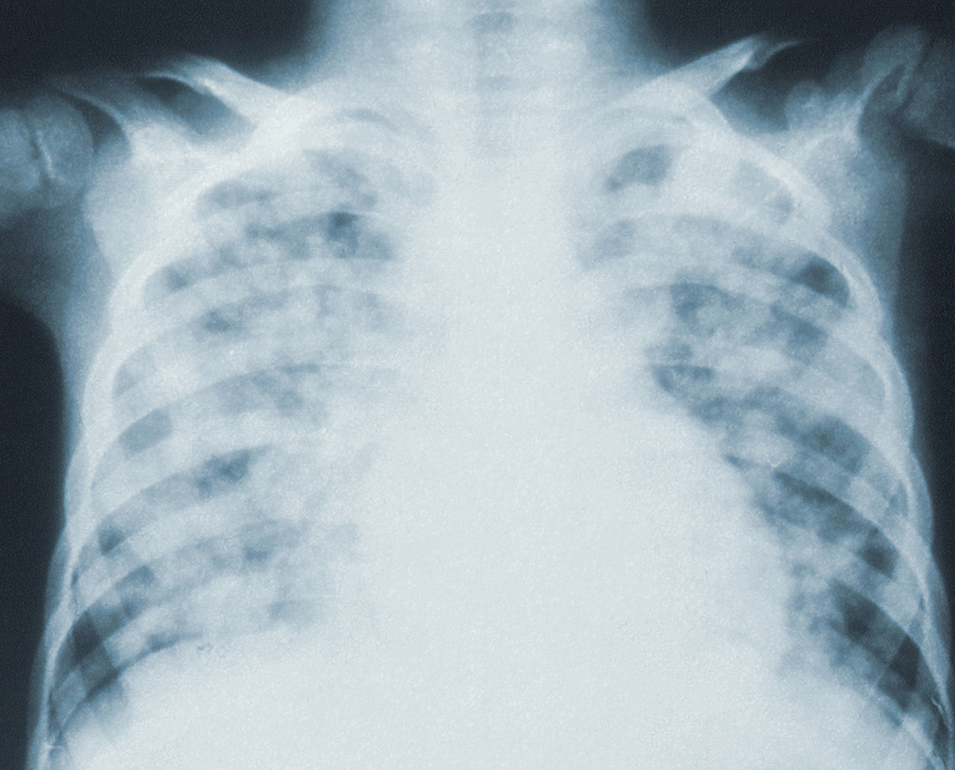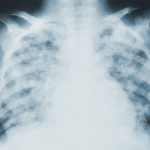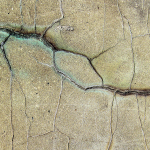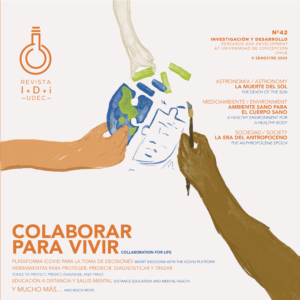By Valeria Vásquez H./ valeriavvasquez@udec.cl
/ Photographs: Research support images
Ir a la Version en Español
“The health crisis the world is living has further incentivized the need to establish new initiatives based on artificial intelligence that can process thorax x-rays, particularly to detect the presence of COVID-19,” mentions Sebastán Niklitschek, researcher for the Faculty of Physical Sciences and Mathematics at the Universidad de Concepción. “This while taking into account that thorax x-rays are a technology available to most hospital centers, providing a way to make up for the lack of COVID-19 tests.”
“To tackle this challenge, the first question was to understand if existing models in artificial intelligence being used for other pulmonary pathologies could be applied to detect COVID-19. This while understanding that the evidence indicates important pulmonary impacts might be visible on radiographs,” affirms Niklitschek.
This is how an international collaboration between research groups began to train models in artificial intelligence. “A critical point for this work is having available data, which was enriched by different investigative sources. And this is how we were able to effectively explore if a useful tool existed,” explains Nitlitschek.
One of the greatest identified difficulties for putting into practice the development of such tools in Chile and abroad is the need to adapt the instrument to the technologies and devices used in each hospital. Likewise, adaptions must be made for the different morphological traits of each patient. “So, a challenge here in Chile was adapting the models and taking advantage of the knowledge that could be generated in conjunction with international research data, so as to construct something with potential local applications.”
Finally, parameters were established to work in Chile, and the investigative team has already requested authorization from hospitals to integrate these tools.
More information: sniklitschek@udec.cl
Last modified: 2 de junio de 2023






